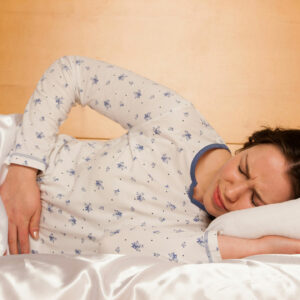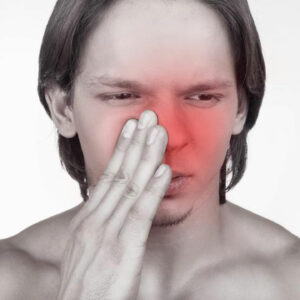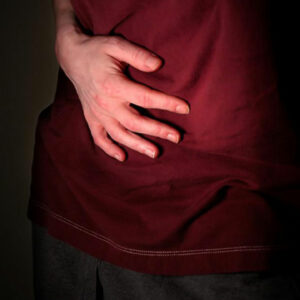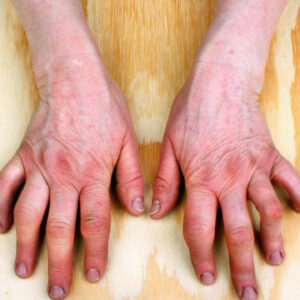
01
Effective Drops for Dry Eyes
Dry eyes are a problem that a large number of people have to deal with. Research reveals that dry eyes are an irritation of the eyes that can occur for a multitude of reasons. From dust, smoke and environmental pollution, to a range of ailments, there can be a number of causes for dry eyes. Chronic dry eyes can also happen as you grow older. In this regard, most people above the age of fifty are more likely to suffer from dry eyes. But this doesn’t mean they can’t be caused by reasons other than age. In fact, modern lifestyles have many triggers for dry eyes including computer screens, cell phone screens, sleep deprivation and constant exposure to bright lights. Although dry eyes are a common problem, you must address them with the appropriate treatment measures. Dry Eye Syndrome is a condition where the moisture in your eyes falls below the ideal level. This is when you experience an irritating or burning sensation in your eyes. Dry eyes can also occur because of spending long hours staring at computer screens without blinking. The market is currently flooded with a range of eye drops to treat dry eyes. However, before you make your choice, we’ll try and make you understand the reason you’re suffering from dry eyes. It’s only when you’re aware of the real cause for you experiencing dry eyes, that you’ll be able to make a more informed choice about the best drops for dry eyes. What are the best drops for dry eyes? While choosing from over-the-counter eye drops, keep two things in mind. First, make sure you know the cause of your dry eyes, and second, ensure that you’re aware of the basic composition of the drops. This is to ensure that you buy the best drops for dry eyes that you can get.
Read More 










